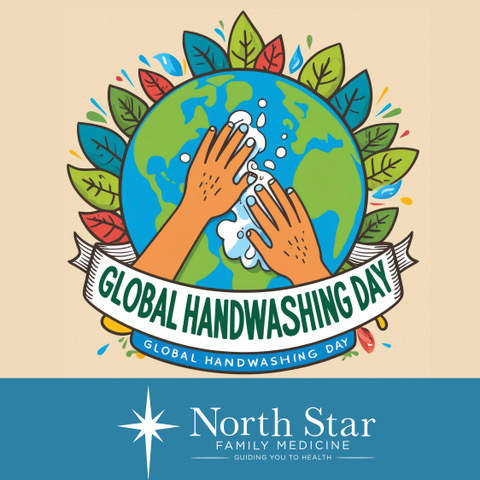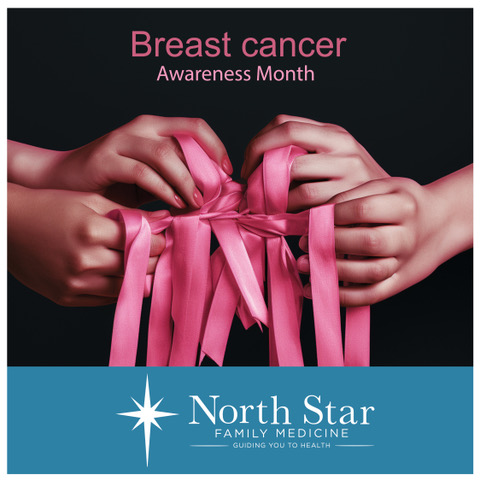Reading food labels can be an overwhelming task for many; my goal today is to help you get more comfortable, so you can start reading labels and understanding what is in your food, and things you should try to avoid. There are MANY more additives in products now, than 20-30 years ago. The same food likely has double (or triple) the ingredients list it originally did.
How to examine ingredient list: The order of ingredients matter; ingredients are listed in the order of weight, so the most abundant ingredients are listed first. The calorie intake of one serving and the servings size is listed at the top.
Be on the lookout for terms that indicate added sugars, such as brown sugar, corn sweetener, corn syrup, dextrose, fructose, and high-fructose corn syrup.
Artificial sweeteners such as sucralose, saccharin, aspartame, and acesulfame should also be avoided or consumed in moderation. Nutrients to get less of consist of saturated fats, sodium and added sugars; nutrients to get more of consist of fiber, vitamins, calcium, iron, potassium.
Some diets focus more on certain nutrients than others. If you are diabetic, you will want to focus on carbohydrates, sugars and serving size. When you have high cholesterol, you will want to watch saturated and trans fats, cholesterol content, and serving size. If you are watching diet for heart health, you will want to watch fats, sodium, and sugars. As you can see, it is overall healthy to be aware of fat, carbs, sugar, and sodium content in what you are consuming.
If you are trying to follow the serving size, I recommend measuring it out and putting it in a container before consuming, many people eat way over the serving size if they are eating out of the bag or container.
Sometimes, food and beverage packaging include terms that may try to convince the consumer the food is healthy. Watch out for foods labeled “light,” “low,” “reduced,” “free,” “healthy,” “natural,” and other terms. This type of labeling may have little to do with how nutritious the food is. Be aware that just because something is labeled sugar free, fat free, gluten free, etc that does not necessarily mean it is healthy.
In summary, compare ingredients list of similar foods, avoid ingredients you cannot pronounce; it gets easier the more you look at labels. There are also many apps that you can use on your phone to scan food barcodes to see if they contain ingredients you should try to avoid. The best foods to consume are real, whole foods: fruits, vegetables, whole grains, nuts, beans, unprocessed meats, eggs.




